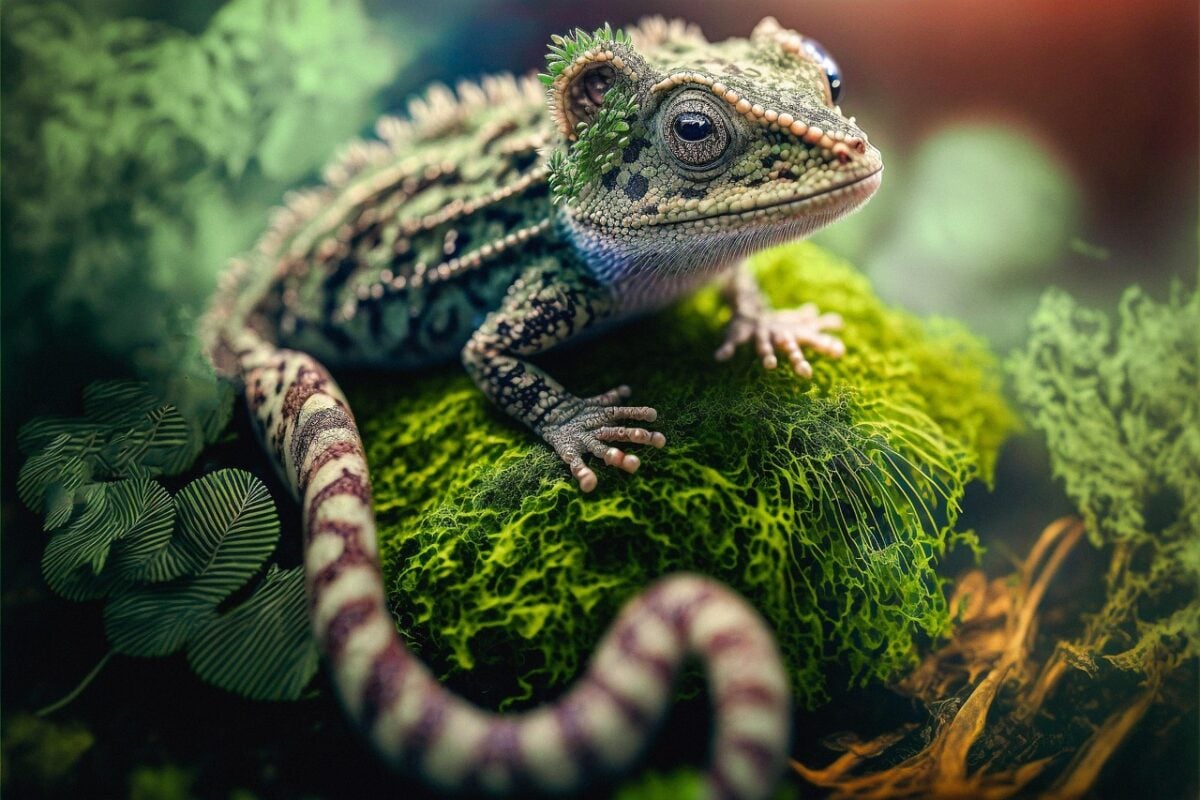Geckos are fascinating reptiles that have become increasingly popular as pets due to their unique appearance, relatively easy care requirements, and entertaining behaviors. While there are over 1,500 species of geckos in the world, only a handful are commonly kept as pets, including leopard geckos, crested geckos, and African fat-tailed geckos. Creating a proper habitat is essential for ensuring your gecko thrives in captivity. A well-designed enclosure mimics their natural environment while providing safety, proper temperature gradients, hiding spots, and appropriate nutrition. This comprehensive guide will walk you through everything you need to know to create the perfect home for your gecko companion.
Understanding Your Gecko Species

Before setting up a habitat, it’s crucial to understand the specific needs of your gecko species. Each type of gecko evolved in different environments with unique requirements. Leopard geckos, for instance, come from arid regions of Afghanistan, Pakistan, and India, requiring a dry setup with minimal humidity. In contrast, crested geckos are native to the tropical forests of New Caledonia and need higher humidity levels and more vertical space for climbing. Day geckos require UVB lighting as they’re diurnal (active during daytime), while most pet geckos are crepuscular or nocturnal. Research your specific species thoroughly to understand its natural habitat, behavior patterns, and environmental needs.
Selecting the Right Enclosure Size
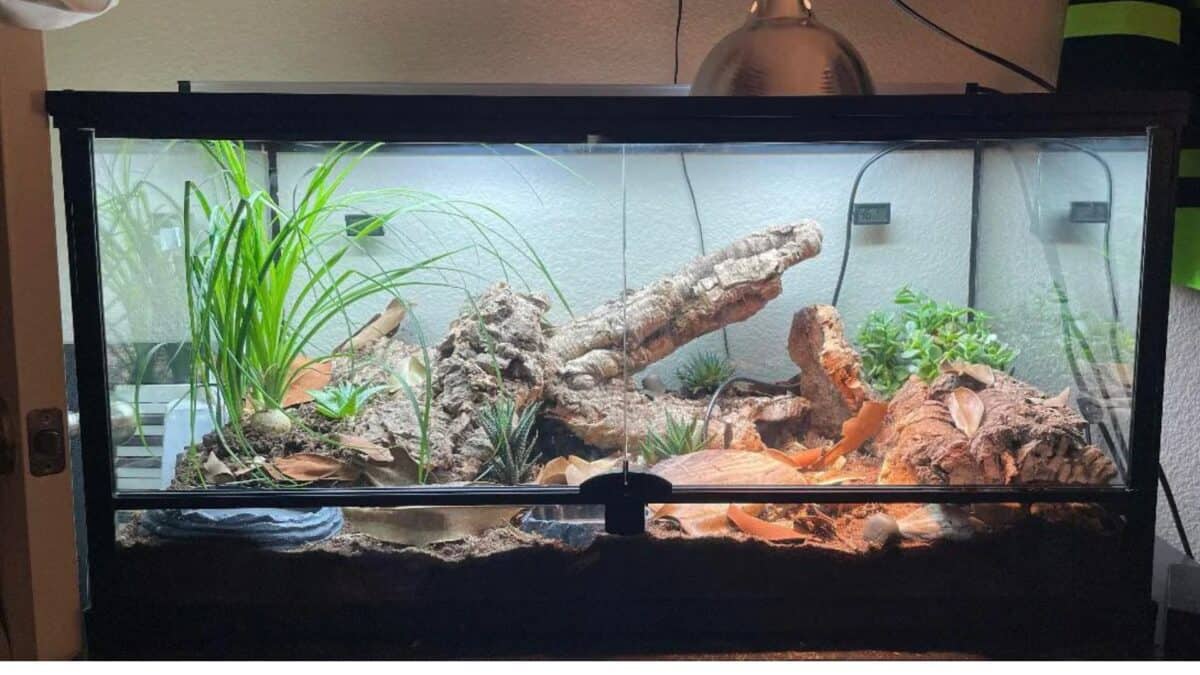
An appropriately sized enclosure is fundamental to your gecko’s health and wellbeing. For smaller species like leopard geckos, a 20-gallon tank (30″ × 12″ × 12″) is the minimum for one adult. Larger or more active species require more space. As a general rule, the length of the enclosure should be at least three times the length of your adult gecko, with a width of at least one and a half times the gecko’s length. For arboreal species like crested geckos, height is more important than floor space—a vertically oriented enclosure at least 18″ high is recommended. Remember that while juvenile geckos can start in smaller enclosures, they will need adult-sized housing as they grow, so it’s often economical to begin with the final size.
Choosing the Optimal Enclosure Type
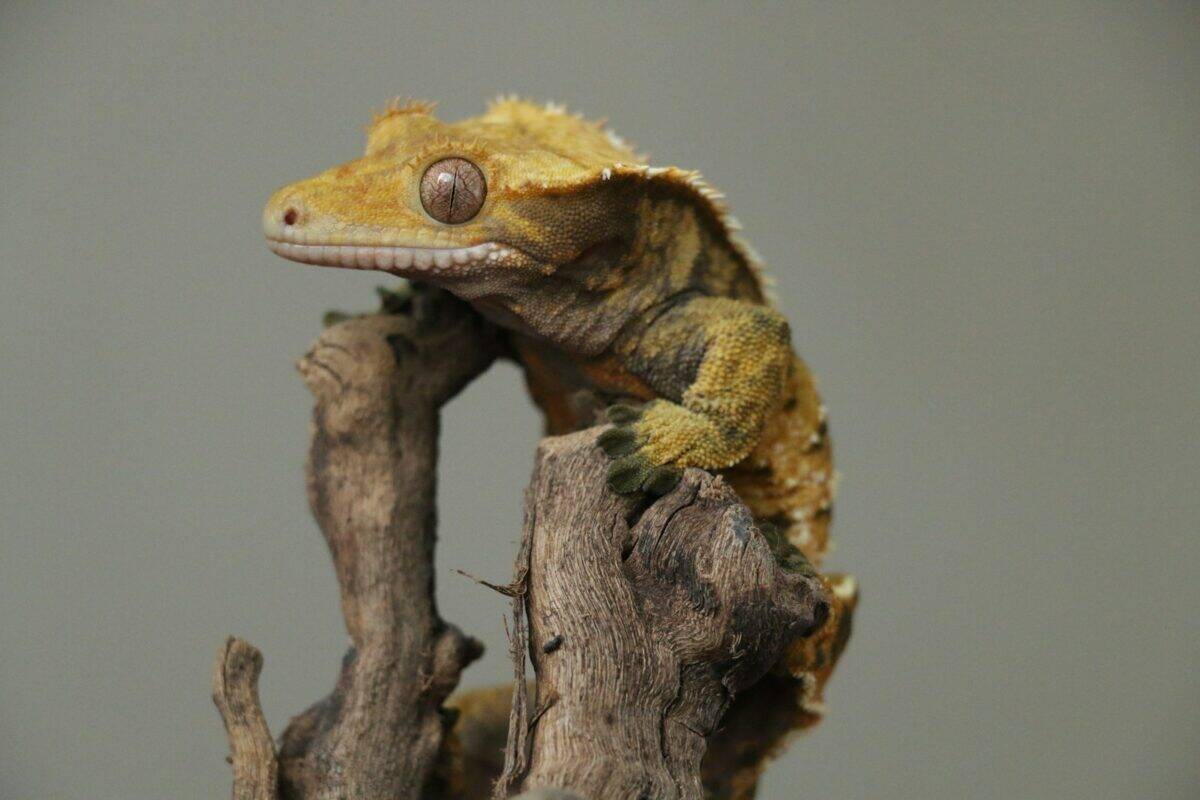
Several enclosure options exist for housing geckos, each with advantages and considerations. Glass terrariums provide excellent visibility and heat retention but can be heavy and may not hold humidity well for tropical species. Plastic terrariums like those from Exo Terra or Zoo Med offer front-opening doors for easier access and better humidity control. PVC enclosures combine lightweight construction with superior insulation and humidity retention. For arboreal species, screen enclosures provide excellent ventilation but struggle to maintain heat and humidity. When selecting an enclosure, consider your gecko’s needs, your climate, and practical factors like placement in your home. Ensure the enclosure has secure closures, as geckos are notorious escape artists with remarkable climbing abilities.
Creating Temperature Gradients
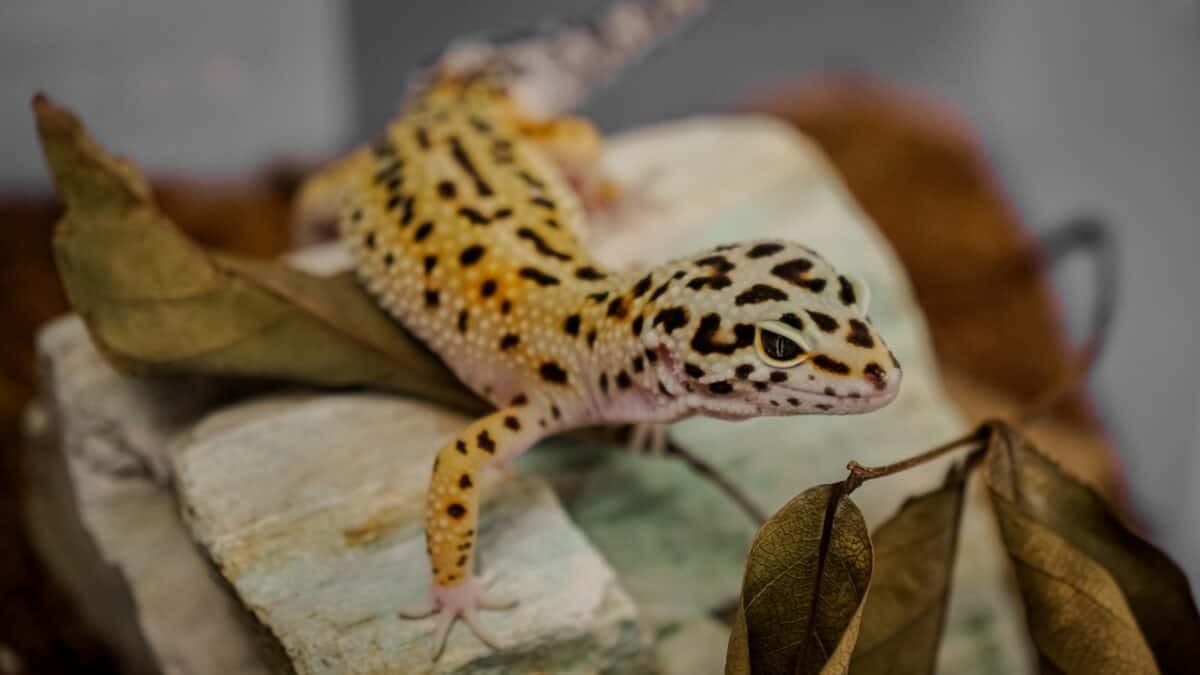
Reptiles, including geckos, are ectothermic, meaning they rely on external heat sources to regulate their body temperature. Creating a proper temperature gradient is essential for allowing your gecko to thermoregulate effectively. Most pet gecko species require a warm side and a cool side in their enclosure. For leopard geckos, the warm side should reach about 88-92°F (31-33°C) at the basking spot, with the cool side around 75-80°F (24-27°C). Crested geckos prefer cooler temperatures, with a range of 72-80°F (22-27°C) being ideal. Heat can be provided through under-tank heaters, ceramic heat emitters, or radiant heat panels. Always use a thermostat to prevent overheating, which can be fatal. Digital thermometers placed on both the warm and cool sides will help you monitor temperatures accurately.
Managing Humidity Levels
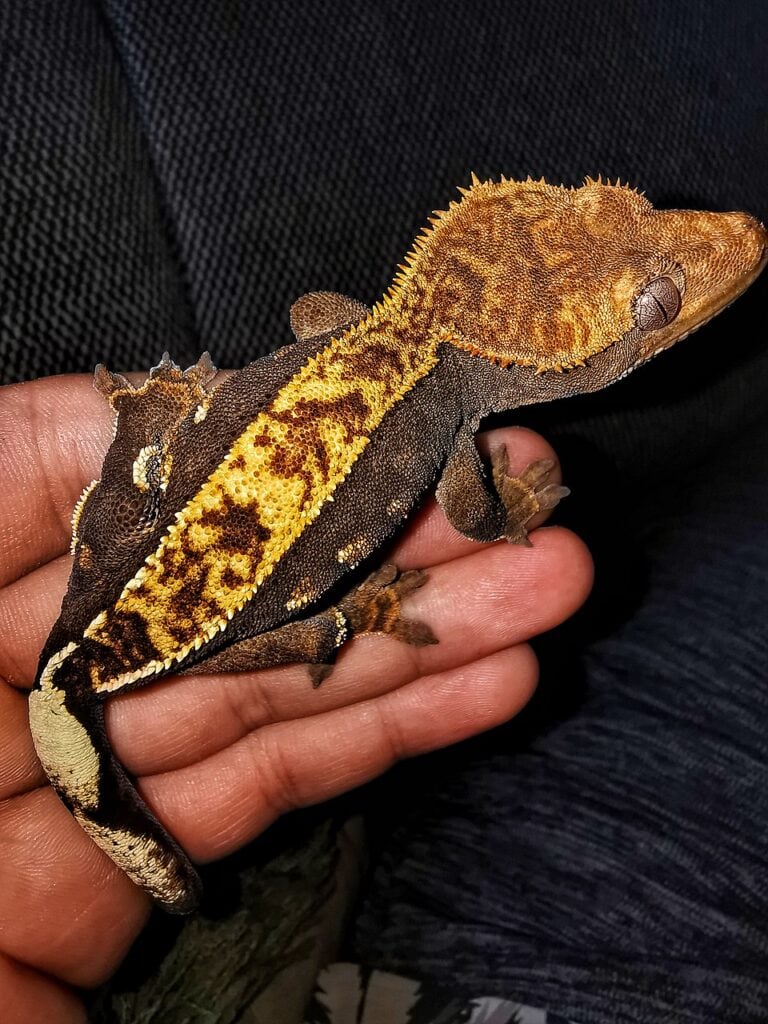
Proper humidity is as important as correct temperature for gecko health. Desert species like leopard geckos require relatively low humidity (30-40%), with a humid hide provided for shedding. Tropical species like crested geckos need higher humidity levels (60-80%) to stay healthy. Humidity can be maintained by misting the enclosure, using a larger water dish, adding live plants, or installing an automatic misting system for high-humidity species. A hygrometer is essential for monitoring humidity levels. For species requiring higher humidity, ensure adequate ventilation to prevent stagnant air and mold growth. Create a humidity cycle that mimics natural conditions—many tropical environments experience daily fluctuations, with higher humidity at night and lower levels during the day.
Setting Up Proper Lighting
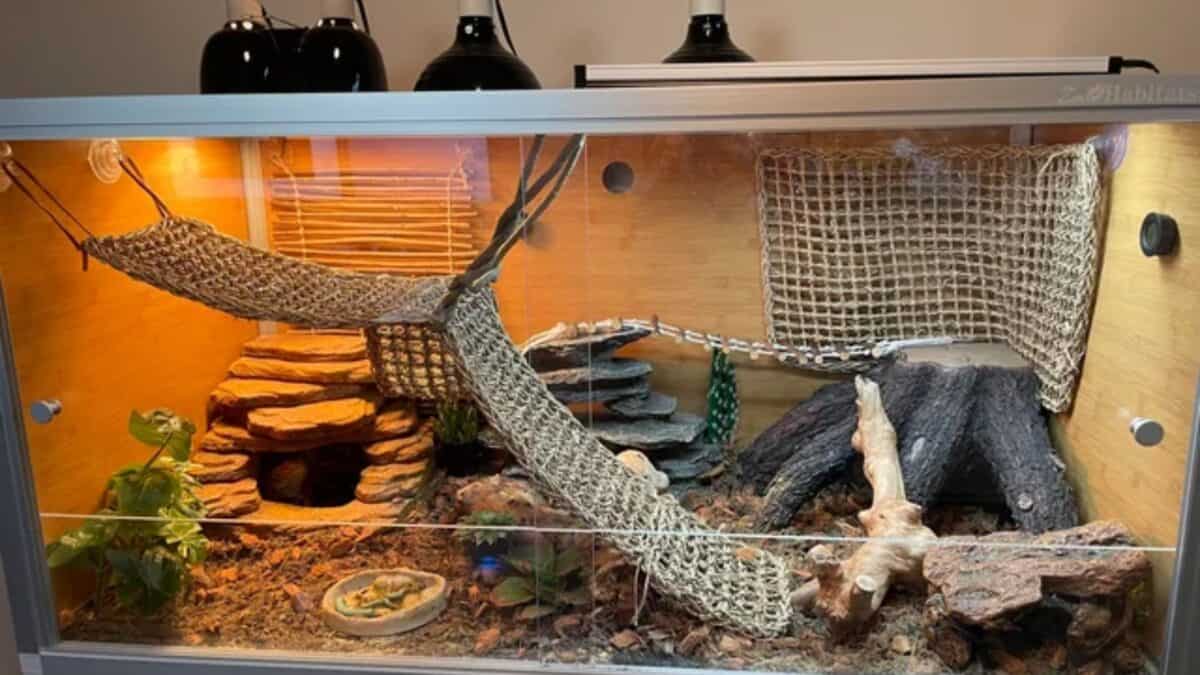
Lighting requirements vary significantly depending on your gecko species. Nocturnal species like leopard geckos don’t require UVB lighting if they receive adequate dietary vitamin D3, although many experts now recommend low-level UVB as beneficial. Diurnal species like day geckos absolutely require UVB lighting to metabolize calcium properly and prevent metabolic bone disease. A day/night cycle is important for all geckos, typically 12 hours of light and 12 hours of darkness. Use timers to maintain consistency. Avoid colored lights at night, as these can disrupt natural behaviors. If heat is needed at night, use ceramic heat emitters or heat pads that don’t emit light. Position UVB bulbs according to manufacturer specifications, typically 10-12 inches from where your gecko will bask, and replace them according to the manufacturer’s recommendations, usually every 6-12 months, as UVB output diminishes over time even when the bulb still produces visible light.
Selecting Appropriate Substrate
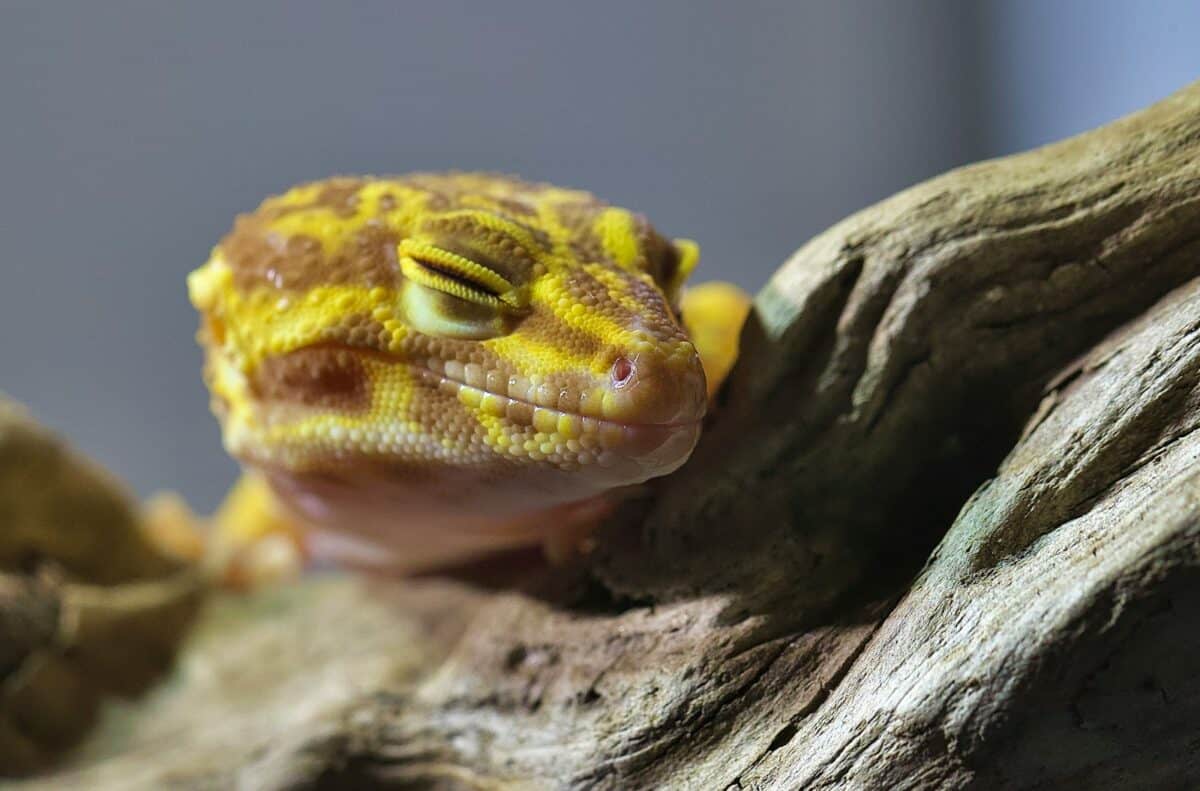
Substrate choice impacts both your gecko’s health and the maintenance of proper humidity. For desert species like leopard geckos, suitable options include paper towels, reptile carpet, slate tile, or non-adhesive shelf liner for juveniles and those recovering from illness. For adults, a naturalistic substrate like a sand/soil mix can work if the gecko is healthy and well-hydrated. Loose substrates carry some risk of impaction if accidentally ingested, so always monitor your gecko when introducing new substrates. For tropical species like crested geckos, substrates that retain moisture are ideal, such as coconut fiber, orchid bark, sphagnum moss, or commercial bioactive substrates. Avoid calcium sand, crushed walnut shells, and cedar or pine substrates, which can cause serious health issues. Replace or clean substrates regularly to prevent bacterial growth and maintain a healthy environment.
Providing Essential Hideouts and Decorations
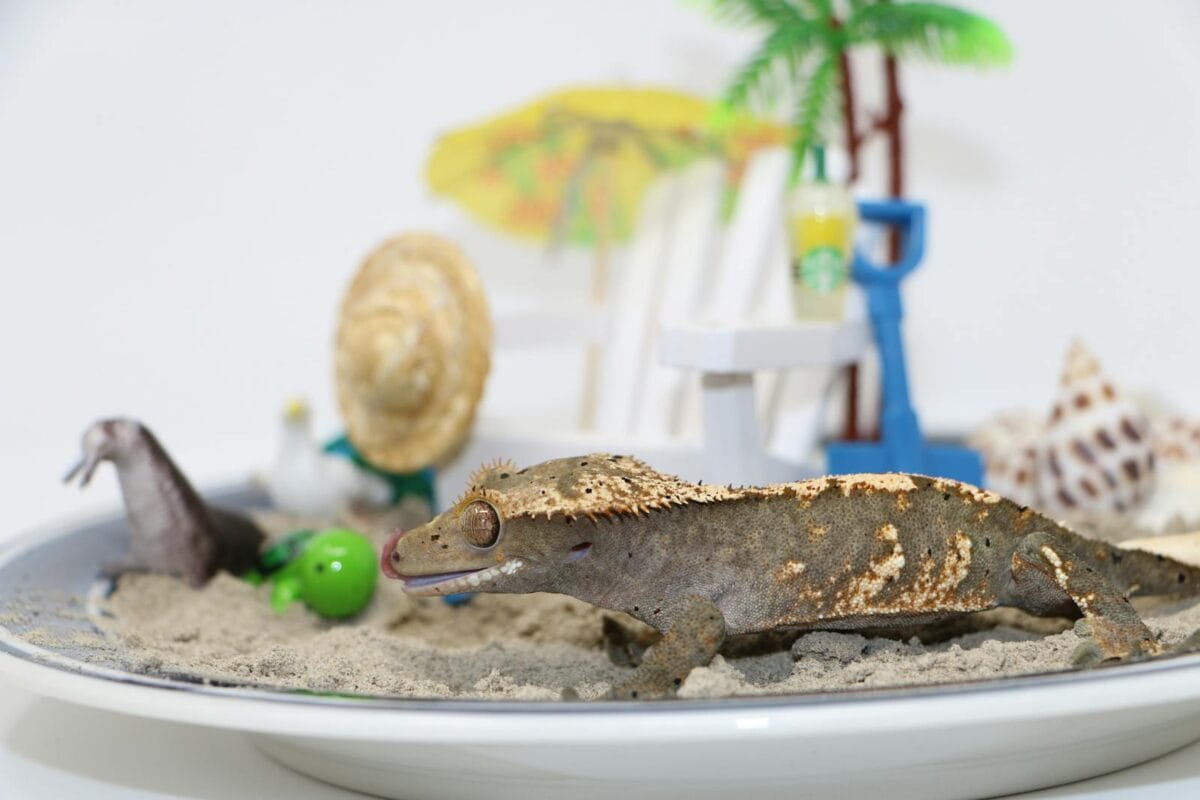
Hides and decor serve both practical and psychological purposes in your gecko’s enclosure. Most geckos require at least three hides: one on the warm side, one on the cool side, and a humid hide filled with damp sphagnum moss or similar material to assist with shedding. For arboreal species, provide vertical hides and perches at different heights. Cork bark, commercially available reptile caves, and sanitized natural wood make excellent hiding spots. Live or artificial plants add enrichment and help maintain humidity for tropical species. When decorating, ensure all items are secure and won’t topple onto your gecko. Clean all collected items thoroughly and ensure commercial decorations are reptile-safe. Create open spaces as well as cluttered areas to give your gecko choices in how exposed or hidden it wants to be, which helps reduce stress and encourages natural behaviors.
Creating a Bioactive Setup
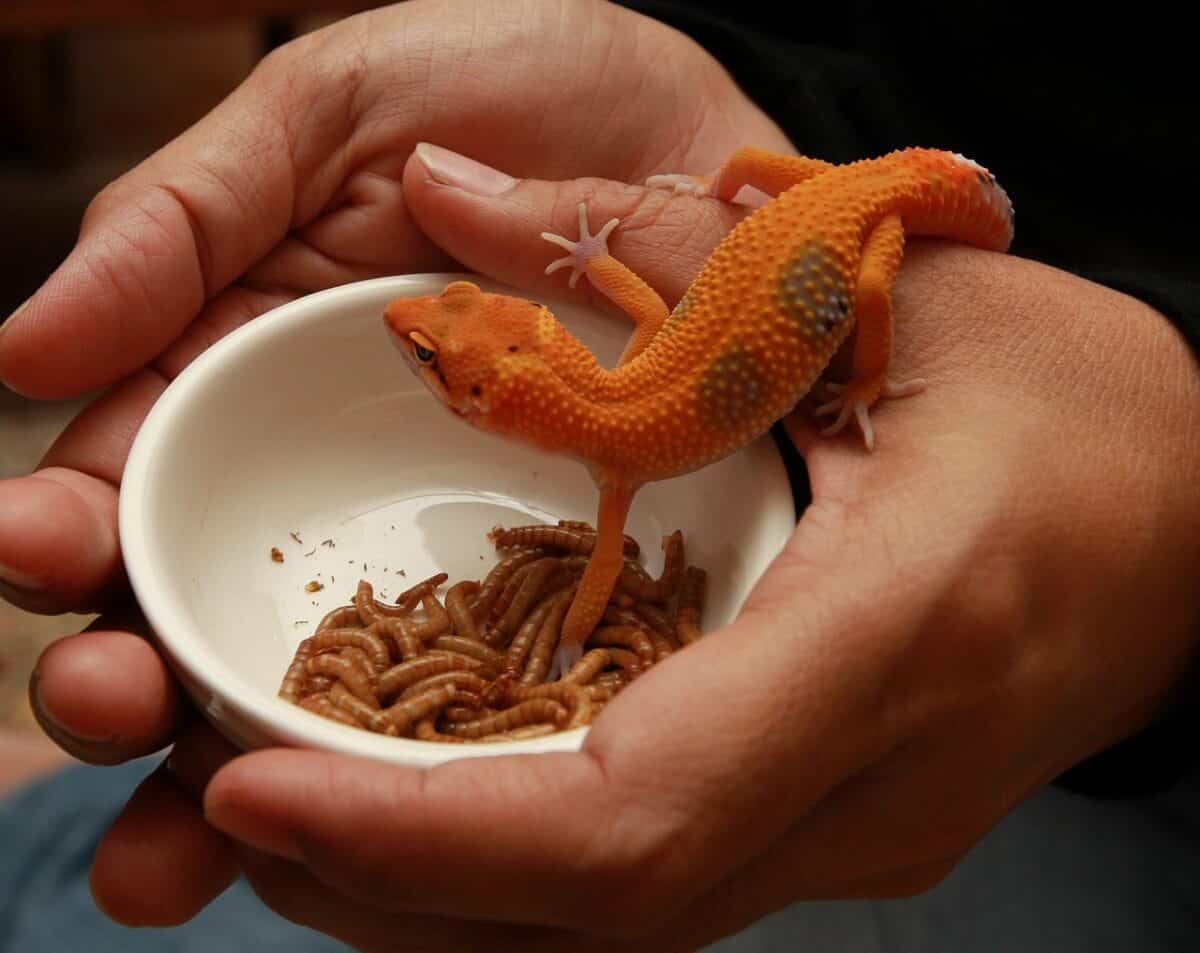
Bioactive enclosures represent the pinnacle of naturalistic gecko habitats, creating a mini-ecosystem where beneficial microorganisms, isopods, and springtails break down waste products. These setups typically include a drainage layer of hydroton or LECA (lightweight expanded clay aggregate), a substrate barrier, a bioactive substrate mix, live plants, and a cleanup crew of invertebrates. While more complex to establish, bioactive enclosures require less frequent maintenance once established, provide enrichment through natural behaviors like foraging, and maintain more stable humidity levels. They’re particularly well-suited to tropical species like crested geckos, day geckos, and gargoyle geckos. For desert species, modified bioactive setups with drought-tolerant plants and specialized substrate can be created. Research thoroughly before attempting a bioactive setup, as they require proper balance to function effectively.
Setting Up Feeding Stations
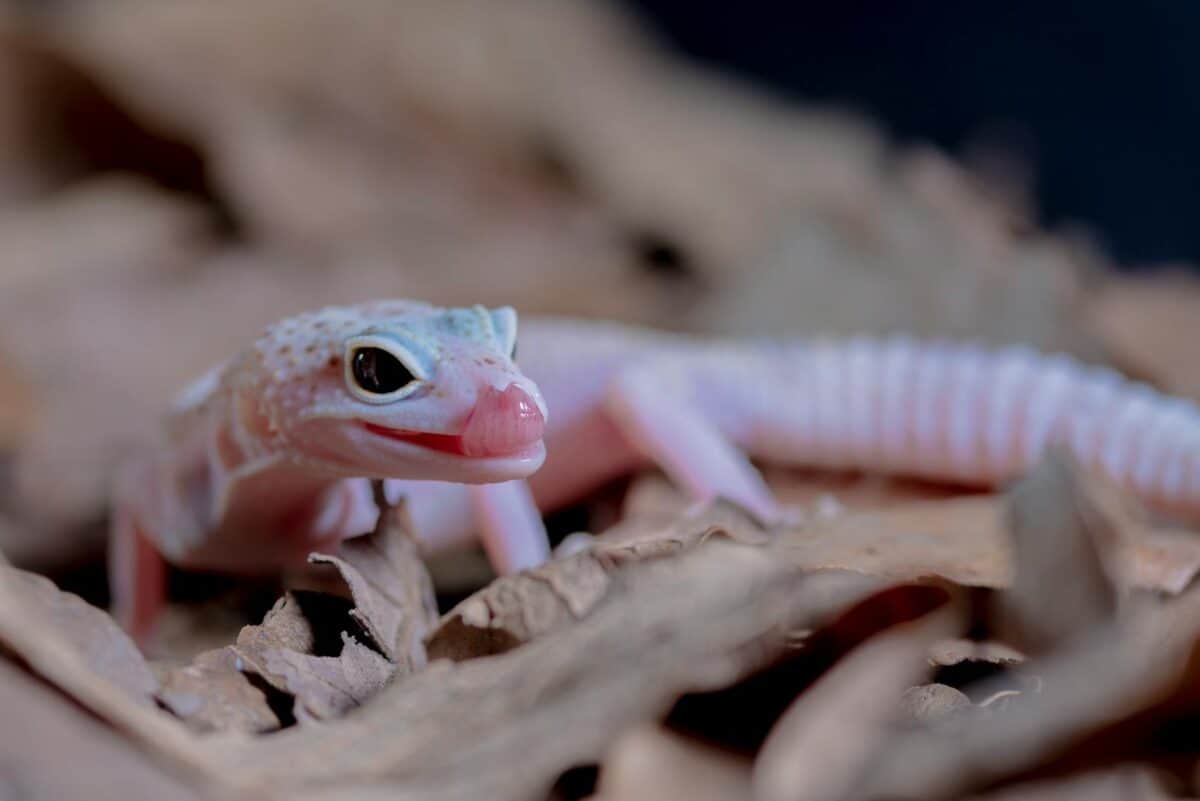
Dedicated feeding areas help keep the enclosure clean and make it easier to monitor your gecko’s food intake. For insect-eating species like leopard geckos, a shallow dish for mealworms or a designated spot for offering crickets and other prey items works well. Fruit-eating geckos like crested geckos benefit from elevated feeding ledges where commercial gecko diet or fruit purees can be offered in small dishes. Always remove uneaten fresh food within 24 hours to prevent bacterial growth. For species that require calcium supplementation, provide a small dish of calcium powder (without D3) for voluntary consumption. Some keepers use feeding tongs to hand-feed their geckos, which can help strengthen the bond between pet and owner. However, make sure your gecko also knows how to find food independently in case you’re away.
Maintaining Water Sources
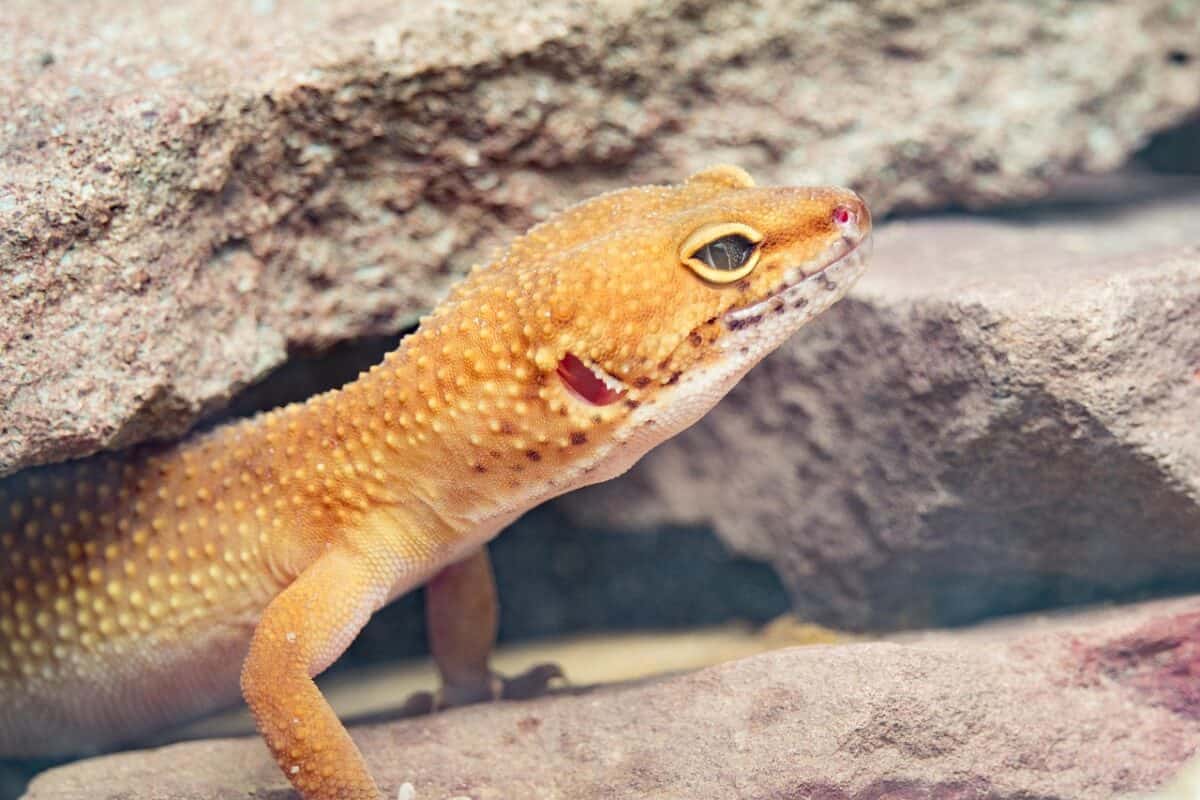
Water requirements vary by species, but all geckos need access to clean water. Desert species like leopard geckos require a shallow water dish that won’t pose a drowning risk. Change the water daily and clean the dish regularly to prevent bacterial growth. Some tropical geckos, like crested geckos, rarely drink from standing water and instead lap water droplets from surfaces after misting. For these species, regular misting provides hydration, though a small water dish is still recommended. The size and placement of water dishes should be appropriate for your gecko—too large, and smaller geckos might struggle to exit; too small, and they can’t easily drink. Consider using bottled spring water or dechlorinated tap water, as some geckos are sensitive to chemicals in untreated tap water.
Implementing Cleaning Routines
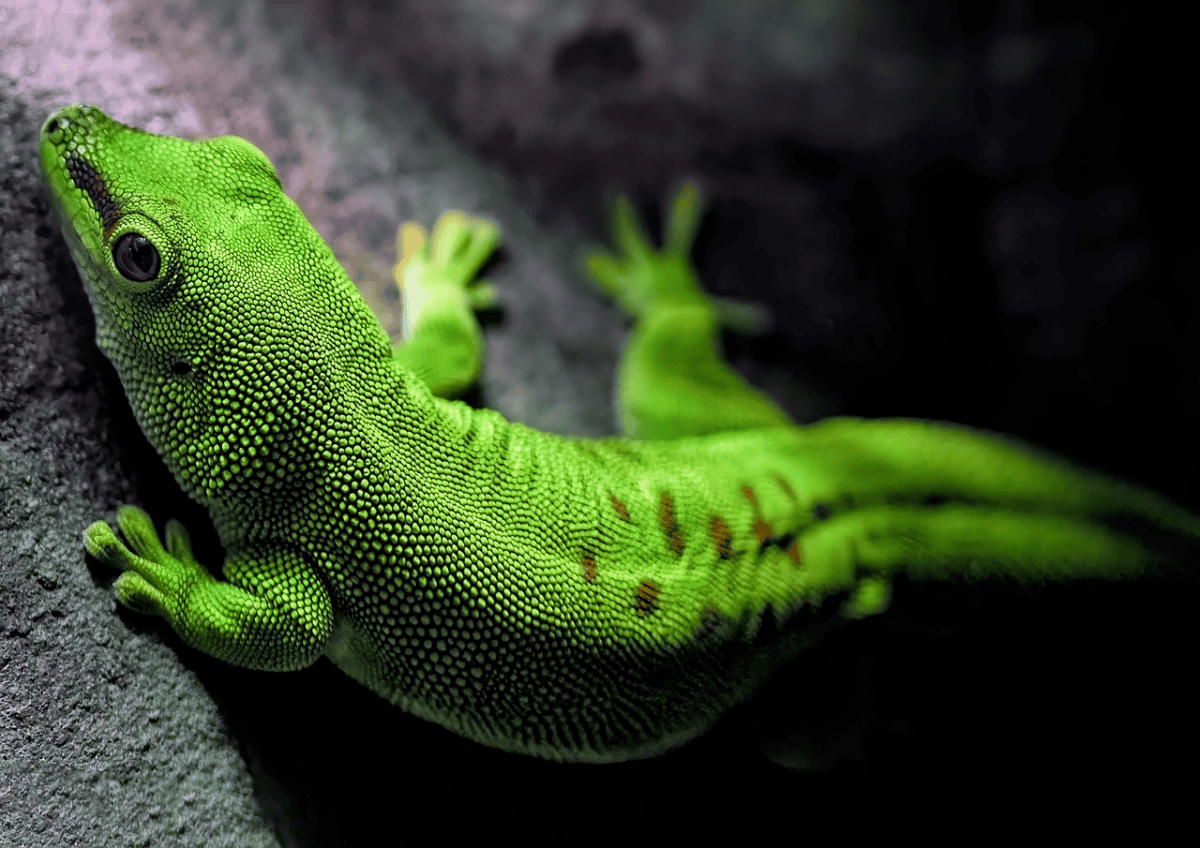
Regular maintenance is crucial for your gecko’s health. Spot-clean the enclosure daily by removing visible waste, uneaten food, and shedding skin. Water dishes should be cleaned and refilled daily. Perform deeper cleaning weekly or biweekly, depending on enclosure size and gecko species. For non-bioactive setups, this involves removing and replacing or sanitizing substrate, cleaning glass/plastic surfaces with reptile-safe cleaners, and disinfecting decorations as needed. Avoid using harsh chemicals like bleach unless they’re thoroughly rinsed and dried before returning to the enclosure. For bioactive setups, maintenance focuses more on plant care, occasional supplementation of the cleanup crew, and removal of any waste the system isn’t processing effectively. Establish a consistent cleaning schedule to prevent waste buildup that could lead to bacterial or fungal issues that compromise your gecko’s health.
Monitoring Your Gecko’s Health in Its Habitat
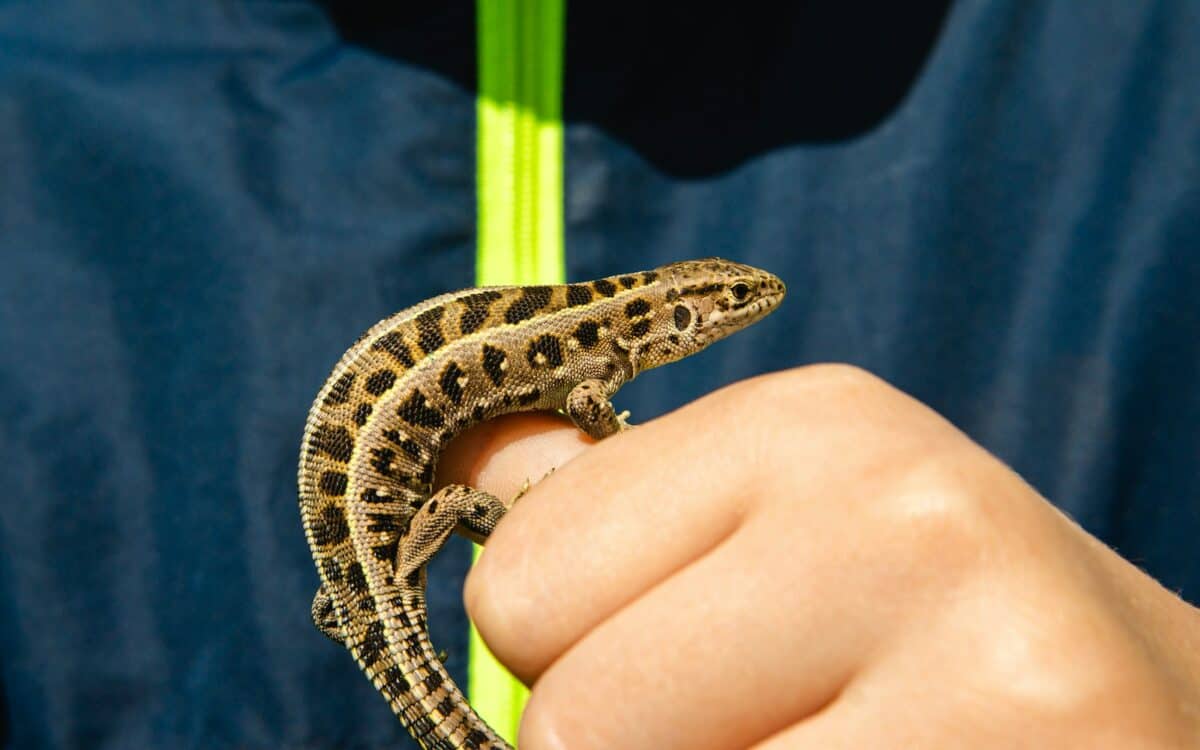
The habitat you create directly impacts your gecko’s health, making regular monitoring essential. Observe your gecko’s behavior, appetite, and physical condition for signs of stress or illness. A healthy gecko will be alert, have clear eyes, move normally, maintain a healthy weight, and shed completely. Habitat-related health issues include respiratory infections from excessive humidity or poor ventilation, metabolic bone disease from inadequate UVB or calcium, impaction from inappropriate substrate, thermal burns from unregulated heat sources, and stress from inadequate hiding places. Check temperature and humidity levels daily with reliable digital gauges, inspect heating elements regularly for malfunction, and observe your gecko interacting with its environment. If you notice any concerning symptoms or behaviors, check habitat parameters immediately and consult an exotic veterinarian if problems persist.
Establishing a proper habitat for your pet gecko requires careful planning, species-specific research, and ongoing attention to environmental details. By recreating the key elements of your gecko’s natural habitat—appropriate temperature gradients, humidity levels, hiding places, and enrichment opportunities—you provide the foundation for a healthy, thriving pet. Remember that habitat requirements may evolve as your gecko grows, and seasonal adjustments might be necessary to maintain optimal conditions year-round. The investment in creating an appropriate environment pays dividends in your gecko’s longevity, activity level, and overall wellbeing. By prioritizing habitat quality, you’re not just keeping a pet; you’re creating a space where a remarkable evolutionary success story can continue to flourish under your care.
- America’s Most Endangered Mammals And How to Help - August 9, 2025
- The Coldest Town in America—And How People Survive There - August 9, 2025
- How Some Birds “Steal” Parenting Duties From Others - August 9, 2025

